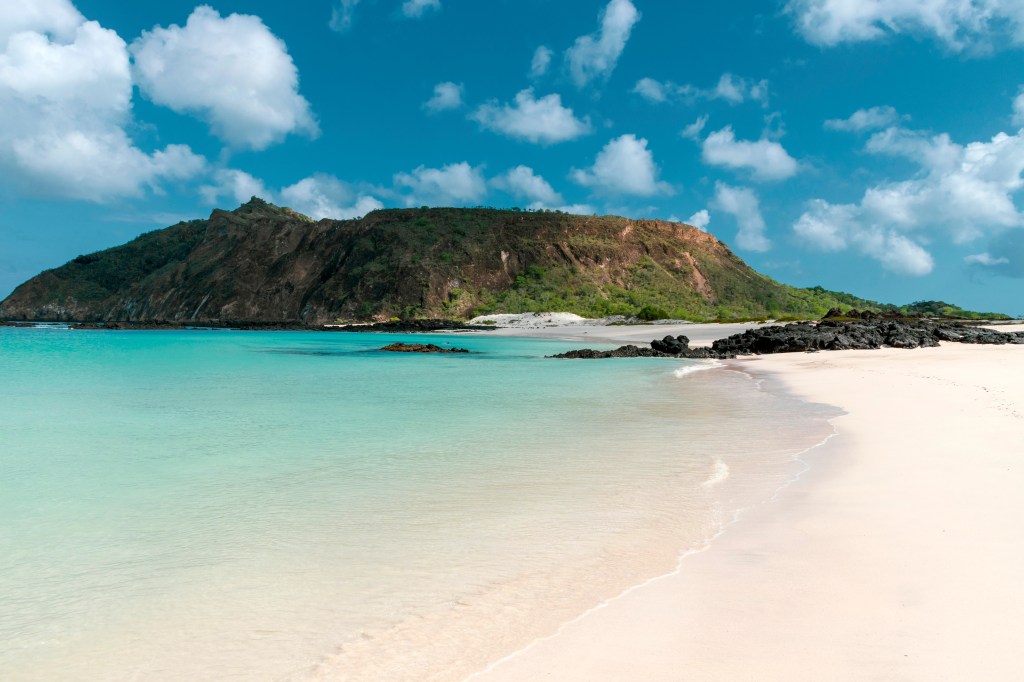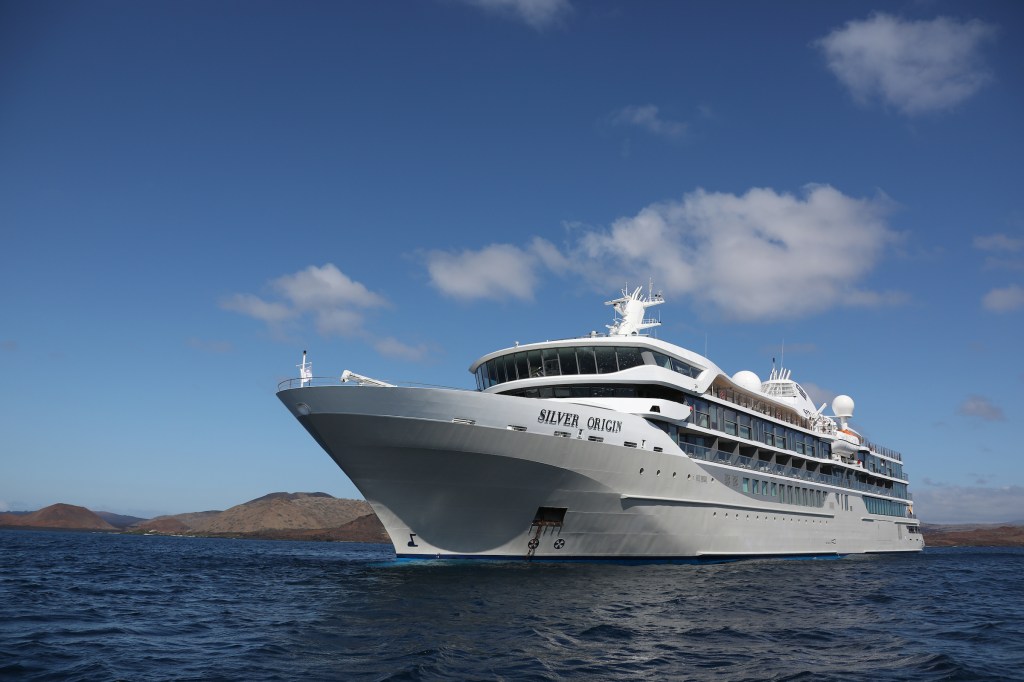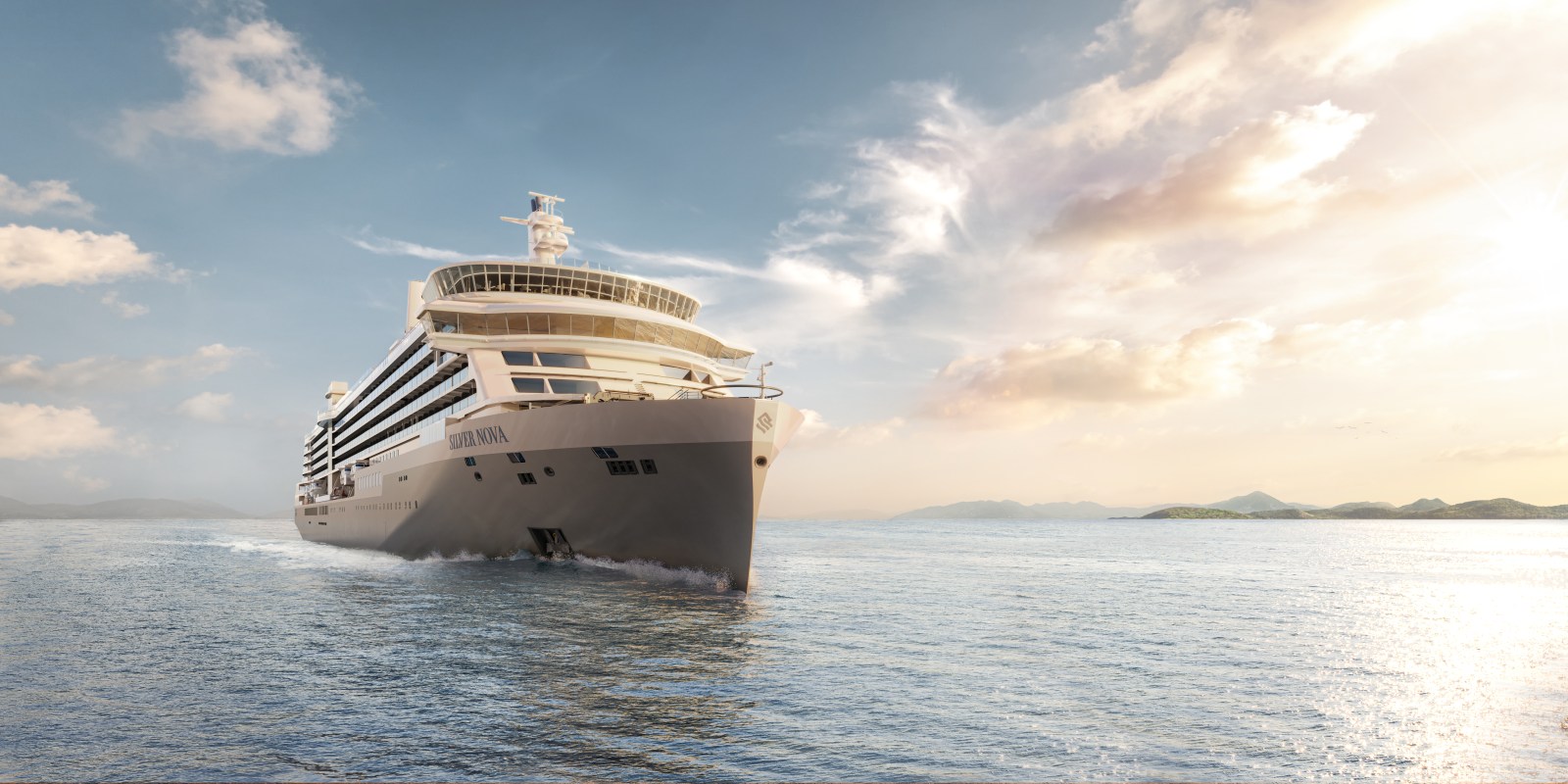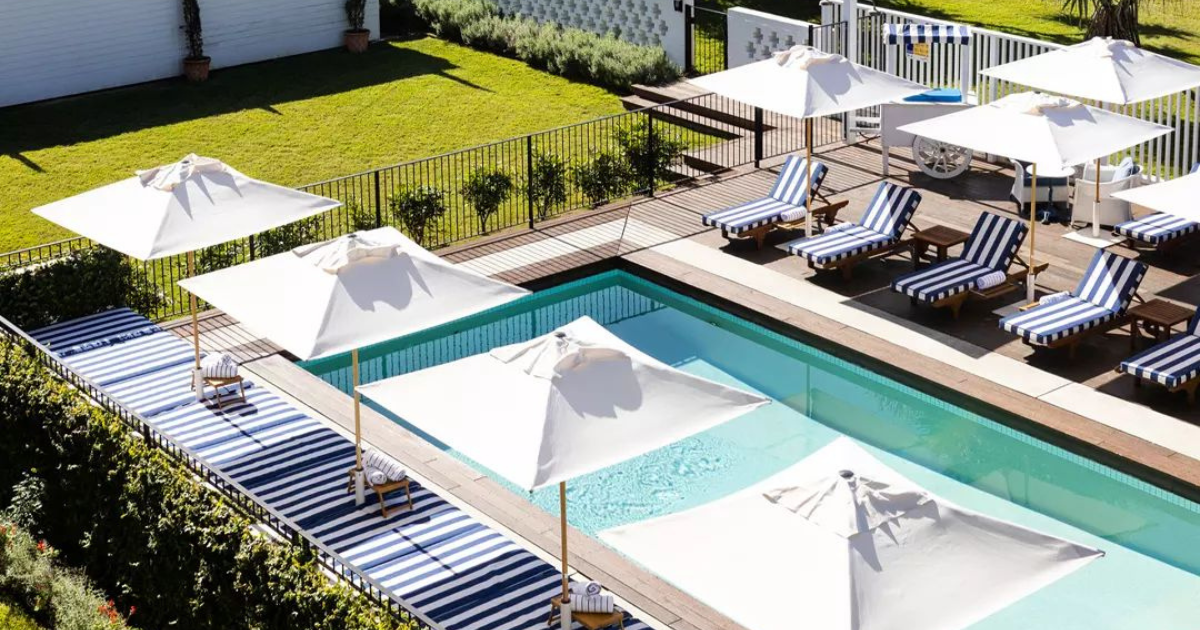The cruise company has become the first operator to gain certification in environmental management in the Galapagos Islands, re-affirming its commitment to sustainable cruising.

Approved by the Ecuadorian Ministry of Environment, Silversea’s new credentials recognise that it will divert all waste from landfill disposable in the Galapagos, a UNESCO-designated World Heritage Site.
First, it will classify and sort waste generated aboard the Silver Origin (the cruise liner which operates ultra-luxury tours of the Galapagos Islands). Then, it will transport all but organic waste out of the Islands and to the mainland to be recycled or processed in line with regulatory procedures.
The cruise operator will receive a traceability document to verify its responsible disposal of waste.
The Galapagos and its surrounding waters are home to nearly 9,000 species – many of which are endemic, according to the Worldwide Fund for Nature. The Island’s National Park Directorate and the Ecuadorian Ministry of Tourism already require that tour providers make their businesses as environmentally friendly as possible. This means they must try to conserve water and energy, source locally produced products, hire local employees and – pertinently – recycle and treat waste material.

Silversea already sources most proteins and around 40% of dairy products for the Silversea Origin from local Galapagos producers, as well as some fruits and vegetables.
The Galapagos has many sustainable travel partners. There’s Celebrity Cruises, INCA, Galapagos Travel, Geographic Expeditions, Wilderness Travel and more. But Silversea is the world’s first cruise line operator to gain a certification in environmental management, legitimising its efforts.
“We are very proud to become the first tour operator to gain this certification in environmental management—a representation of our long-term commitment to sustainability and conservation in the Galapagos Islands,” Gabriela Naranjo, Vice President and General Manager, Silversea Cruises Ecuador, says.
“We started this initiative in 2020, entering into a partnership with an airline to transport recyclable waste out of the archipelago to the mainland. This initiative is just one of the many examples of how Silversea is working to safeguard the fragile ecosystem of the Galapagos for future generations.”

It forms part of Silversea’s environmental management plan, which also received approval from the Ecuadorian Ministry of Environment, and builds on the company’s SEA the Future commitment, which provides critical funding for the OceanScope, a scientific committee on Oceanic Research.
It follows the launch of the Silversea Fund for the Galapagos in 2019, which was aimed at supporting education and conservation projects in the region.
A 7-day expedition cruise through the Galapagos (door-to-door) can cost more than $20,000 per person. Port-to-port, it’s a little more than $15,500. Though prices can vary depending on the time of the year and, of course, the length of the cruise.
Look back on the week that was with hand-picked articles from Australia and around the world. Sign up to the Forbes Australia newsletter here or become a member here.


